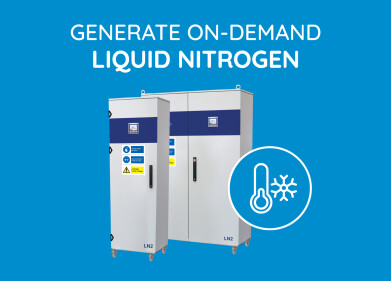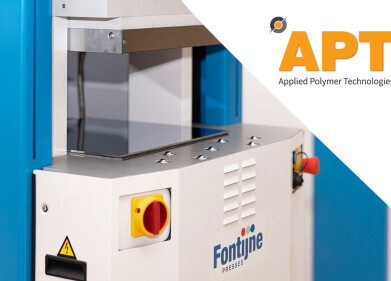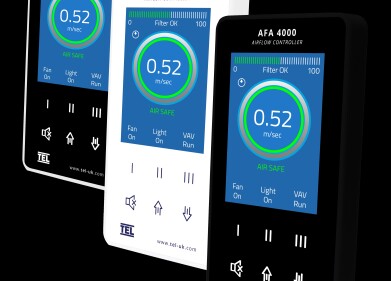Laboratory products
Ultimate Sealing Coulometric Titration Vessel
Apr 07 2015
There are various designs of titration vessel used on coulometric Karl Fischer titrators and they all have one thing in common, the interior of the titration vessel should be sealed from ingress of atmospheric moisture.
To achieve this, the most frequently used design is to have ground glass joints on the generator and detector electrodes which are then fitted into ground glass joints on the lid of the titration vessel. However it is well known that dry ground glass joints will have a tendency to stick to each other and then the problems begin.
The most expensive part of any coulometric Karl Fischer instrument is generally the glassware, especially the titration vessel and electrodes. If these become stuck then it can be a very costly exercise trying to separate them, often resulting in breakages.
To overcome this problem many manufacturers recommend smearing grease on the electrode joints or, alternatively, fitting PTFE sleeves over the joints. Each of these methods are equally effective but they are also equally problematic. If grease is being used to seal the electrodes into place then it is necessary to turn the joints at least once per week to ensure that the grease has not dried out and the electrodes have become stuck. This precaution is usually stated clearly in the user manual. Similarly, when the glassware is periodically cleaned and charged with fresh reagents, the PTFE sleeves should also be cleaned, dried and refitted to the electrode joints. These sleeves are often lost or damaged which, once again, leads to electrodes being stuck in the titration vessel.
Originally designed for coulometer users on North Sea oil and gas platforms, the GR Scientific Low Drift Cell (LDC) uses a special design of glass joint which will not stick or jam and is totally grease and sleeve free. The connecting cap of the electrode is screwed down to compress the O-ring on to the top of the female joint which is part of the titration vessel, ensuring a perfect seal. The electrode is released with ease by simply unscrewing the connecting cap which engages the loosening ring to lift the electrode free from the joint.
Digital Edition
Lab Asia 31.6 Dec 2024
December 2024
Chromatography Articles - Sustainable chromatography: Embracing software for greener methods Mass Spectrometry & Spectroscopy Articles - Solving industry challenges for phosphorus containi...
View all digital editions
Events
Jan 22 2025 Tokyo, Japan
Jan 22 2025 Birmingham, UK
Jan 25 2025 San Diego, CA, USA
Jan 27 2025 Dubai, UAE
Jan 29 2025 Tokyo, Japan




















